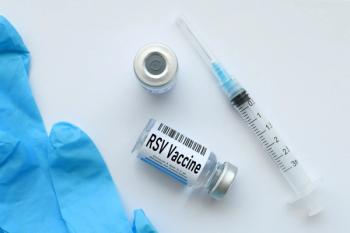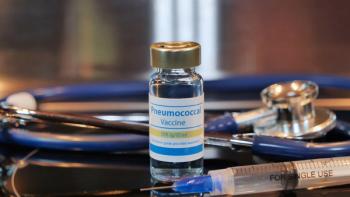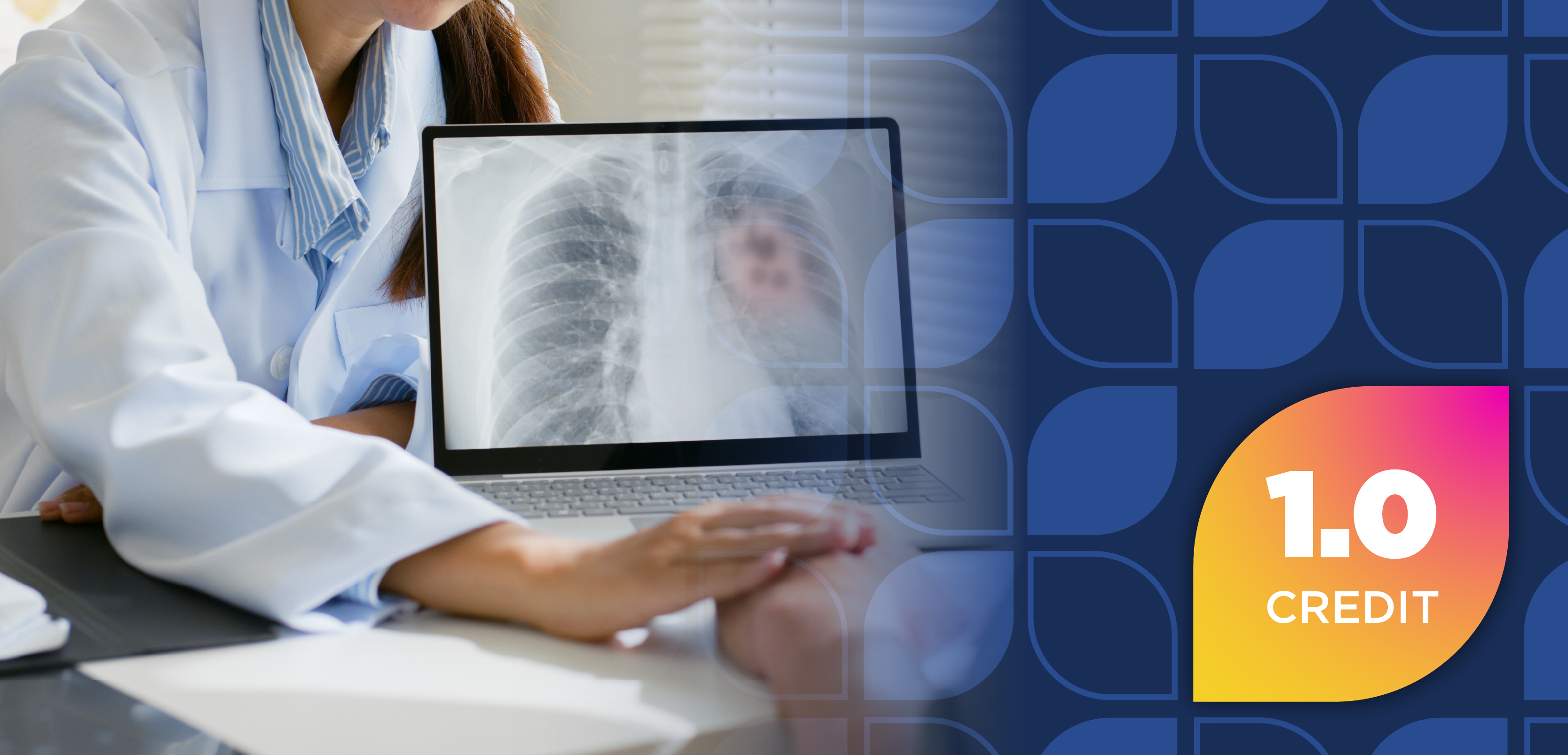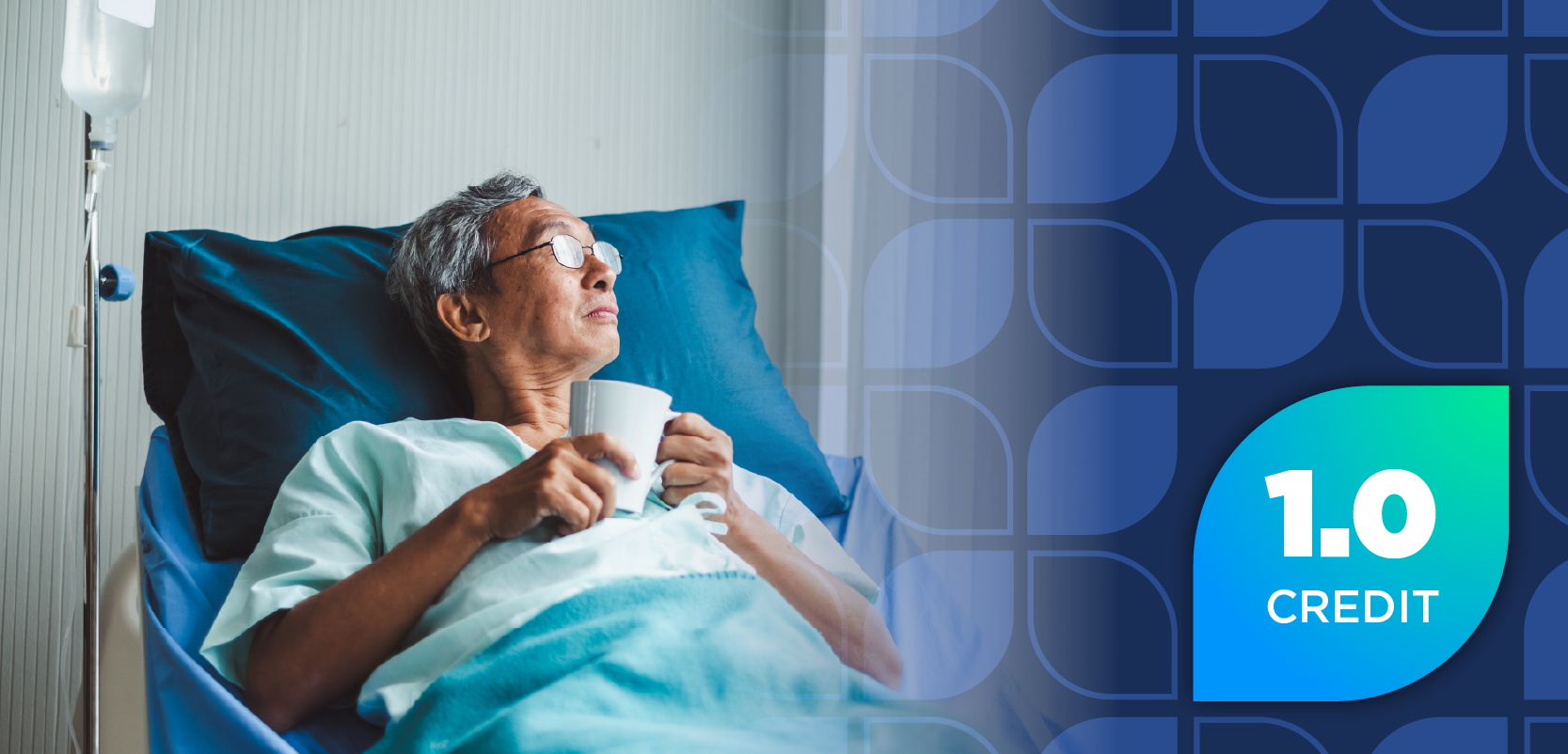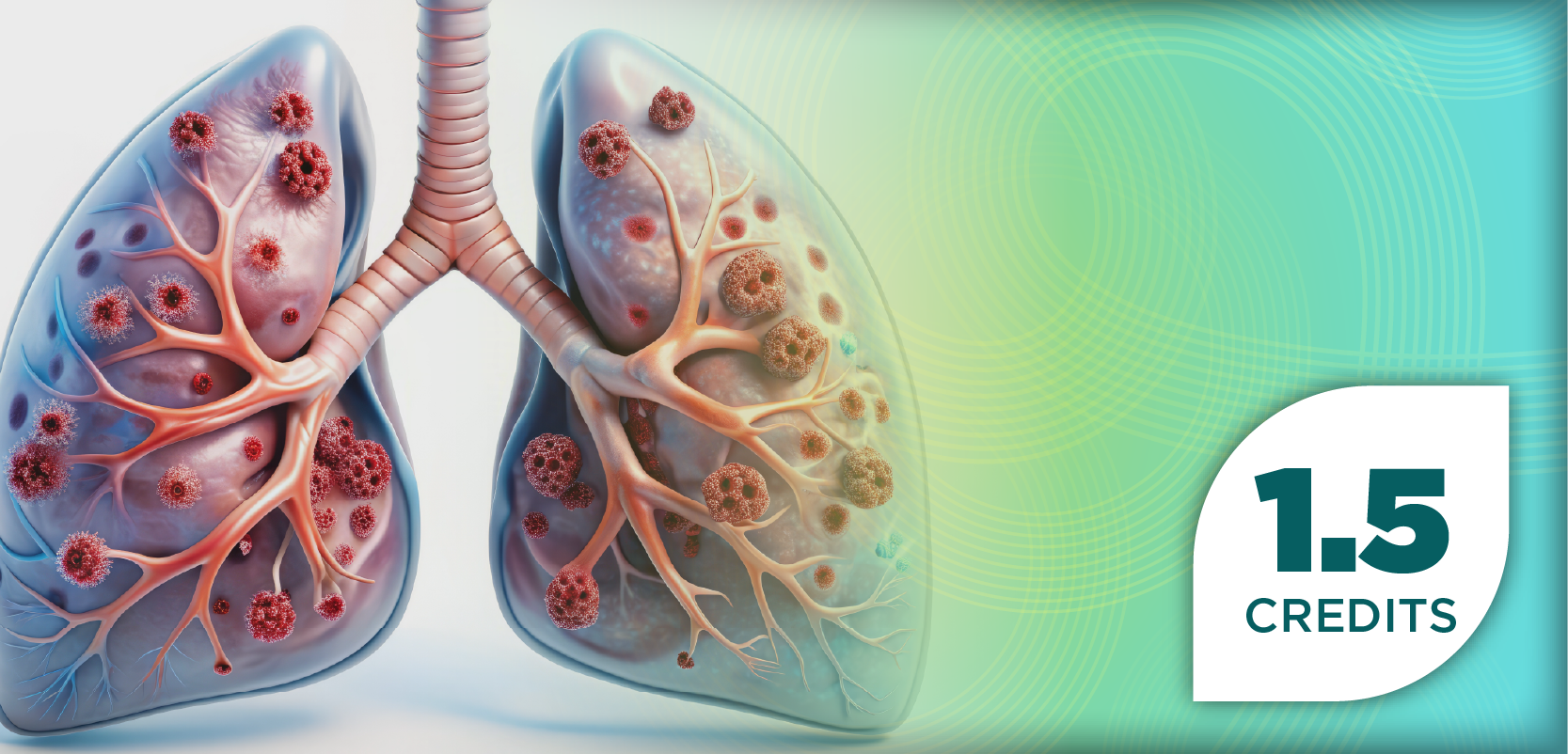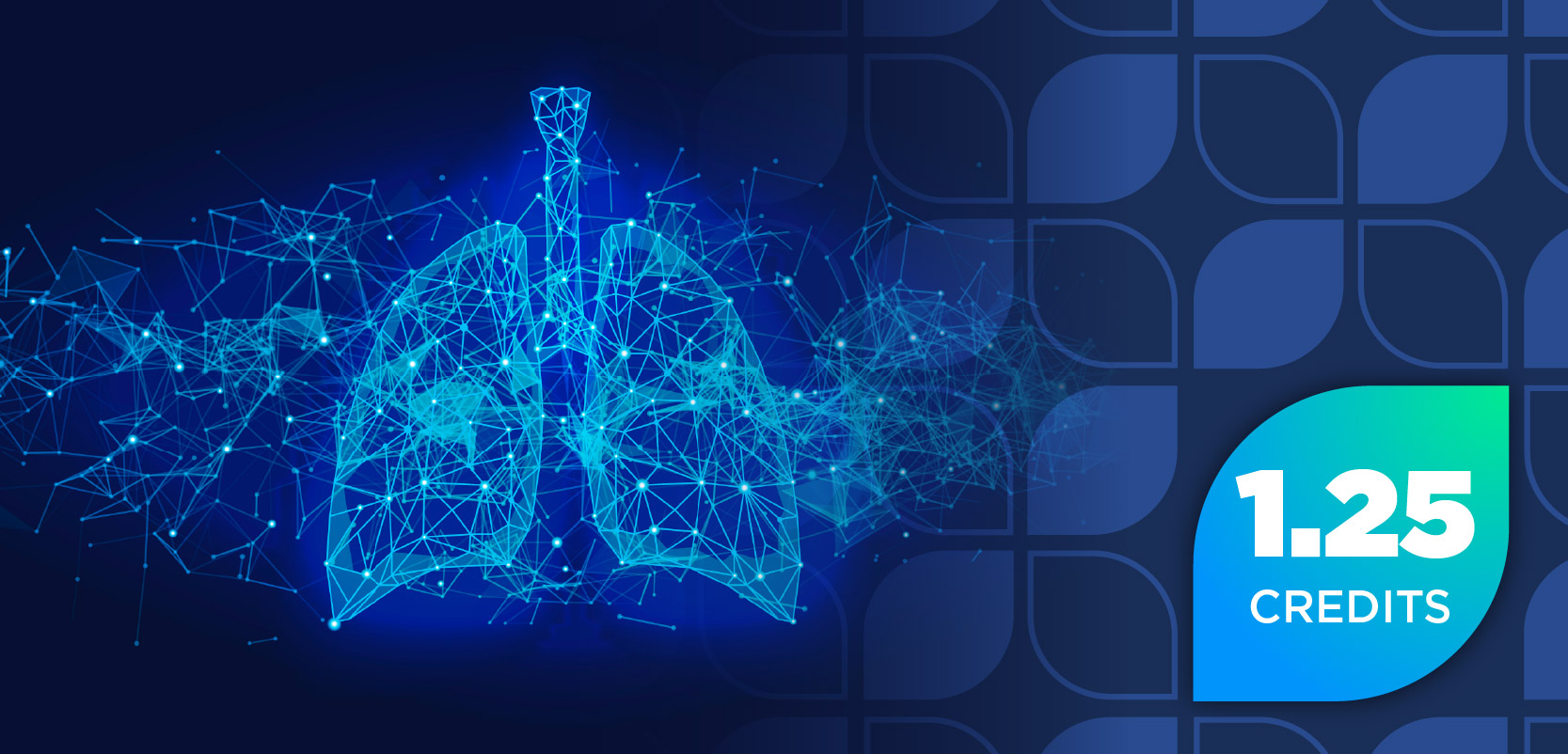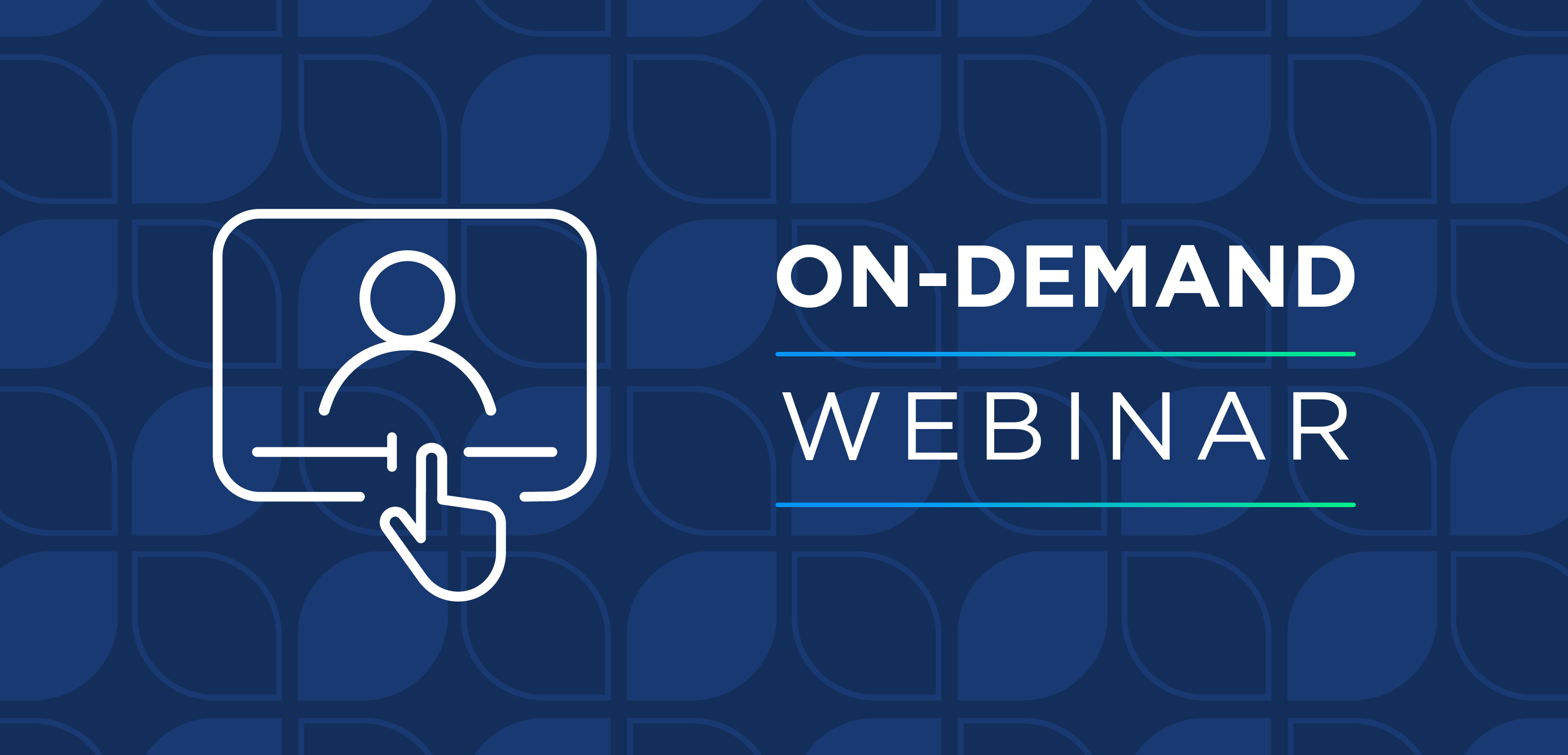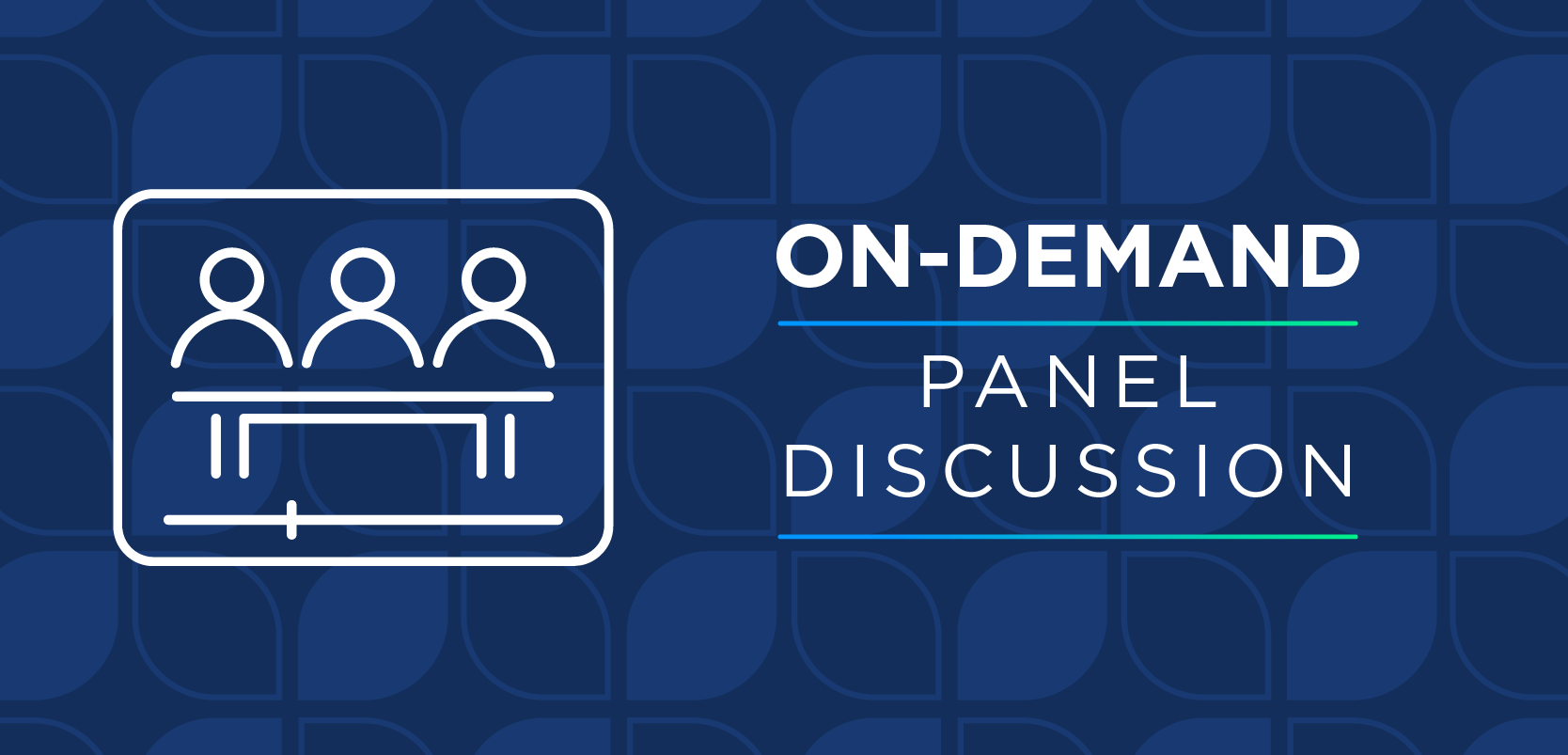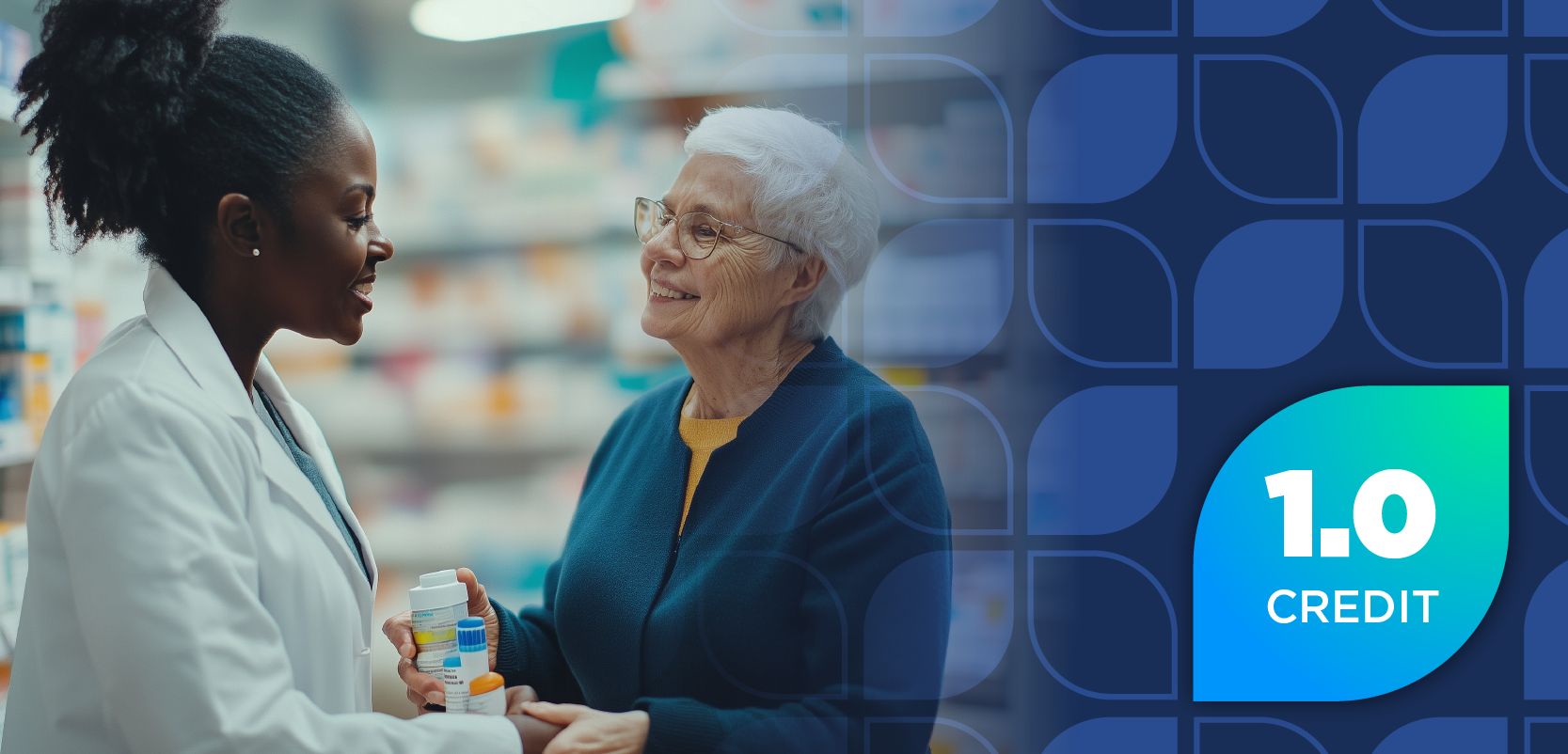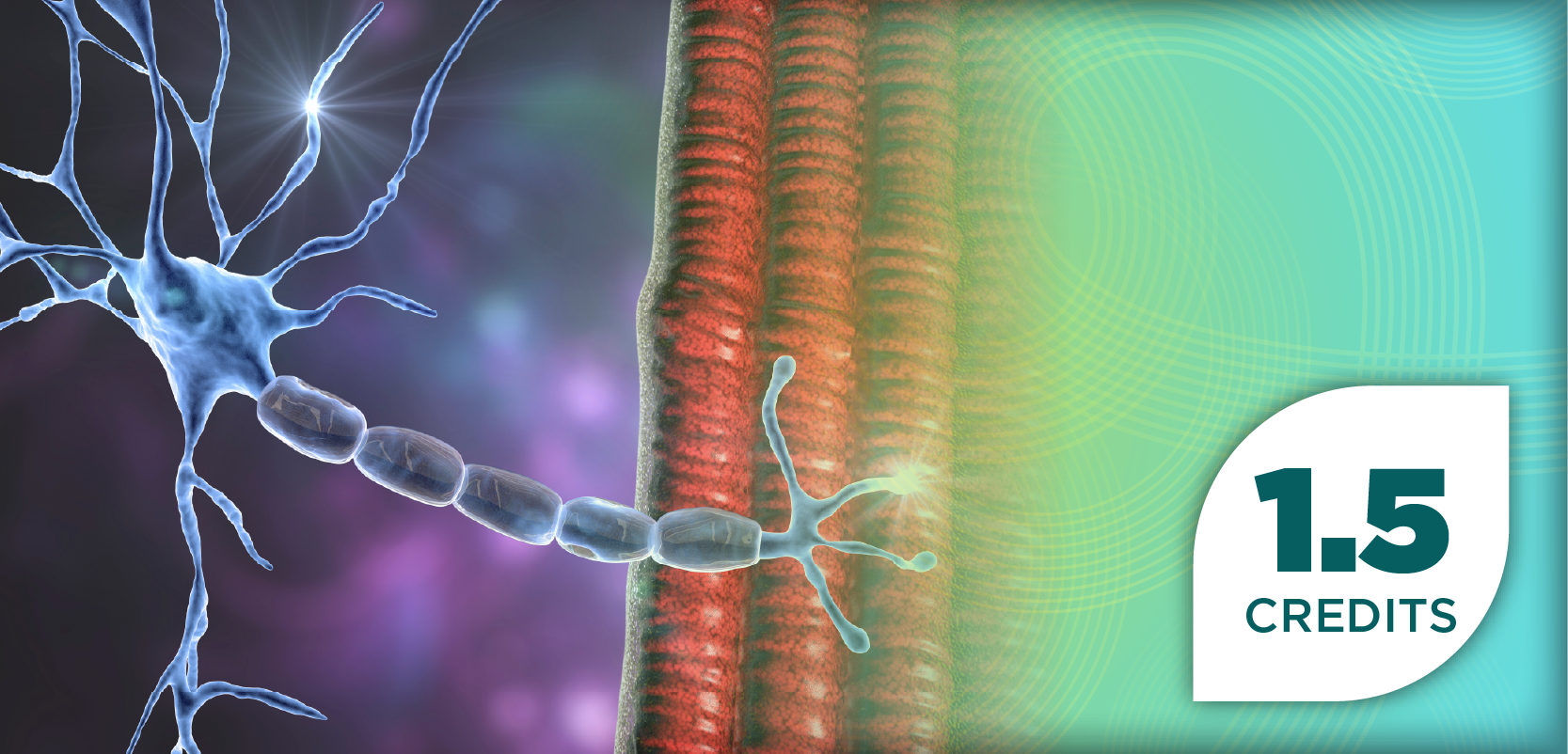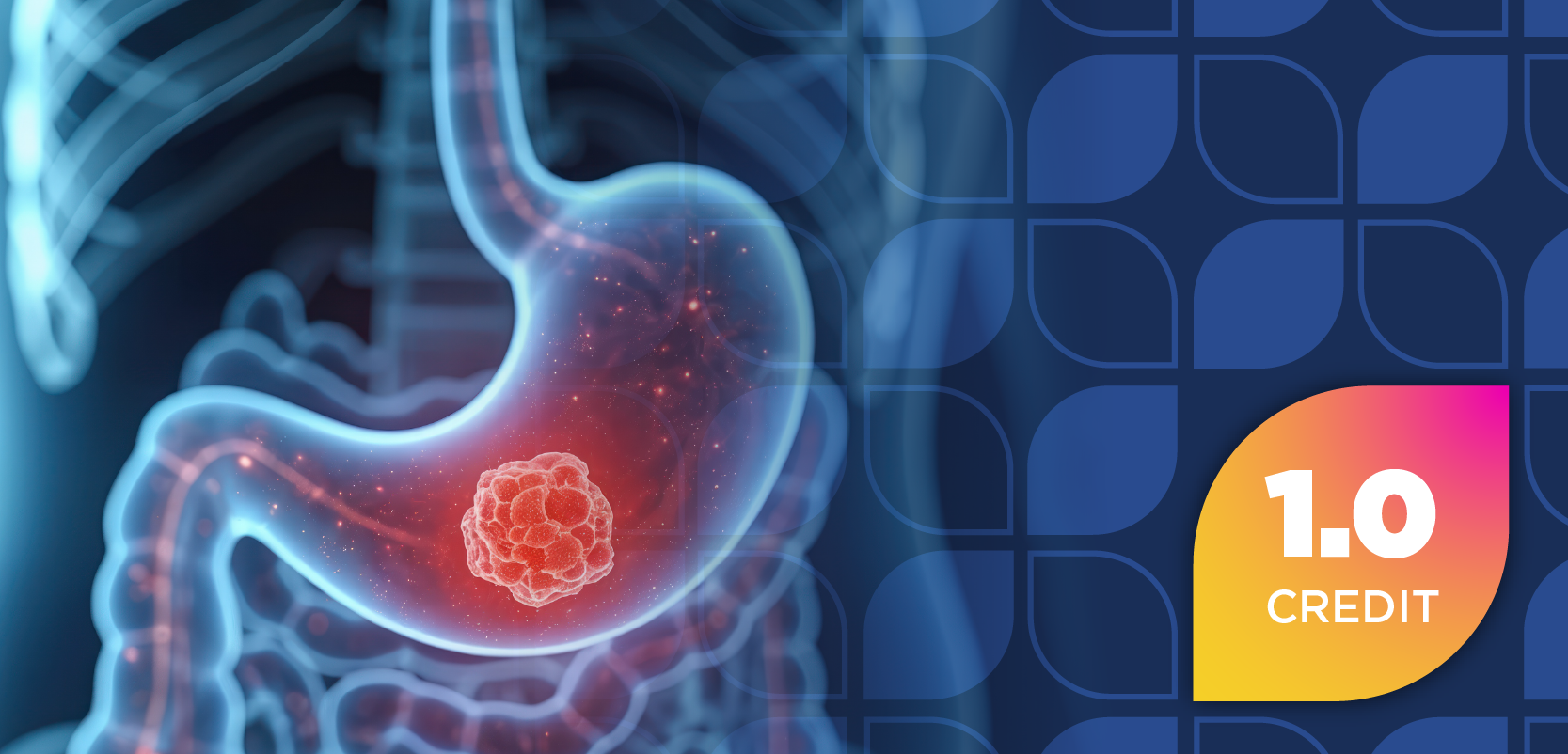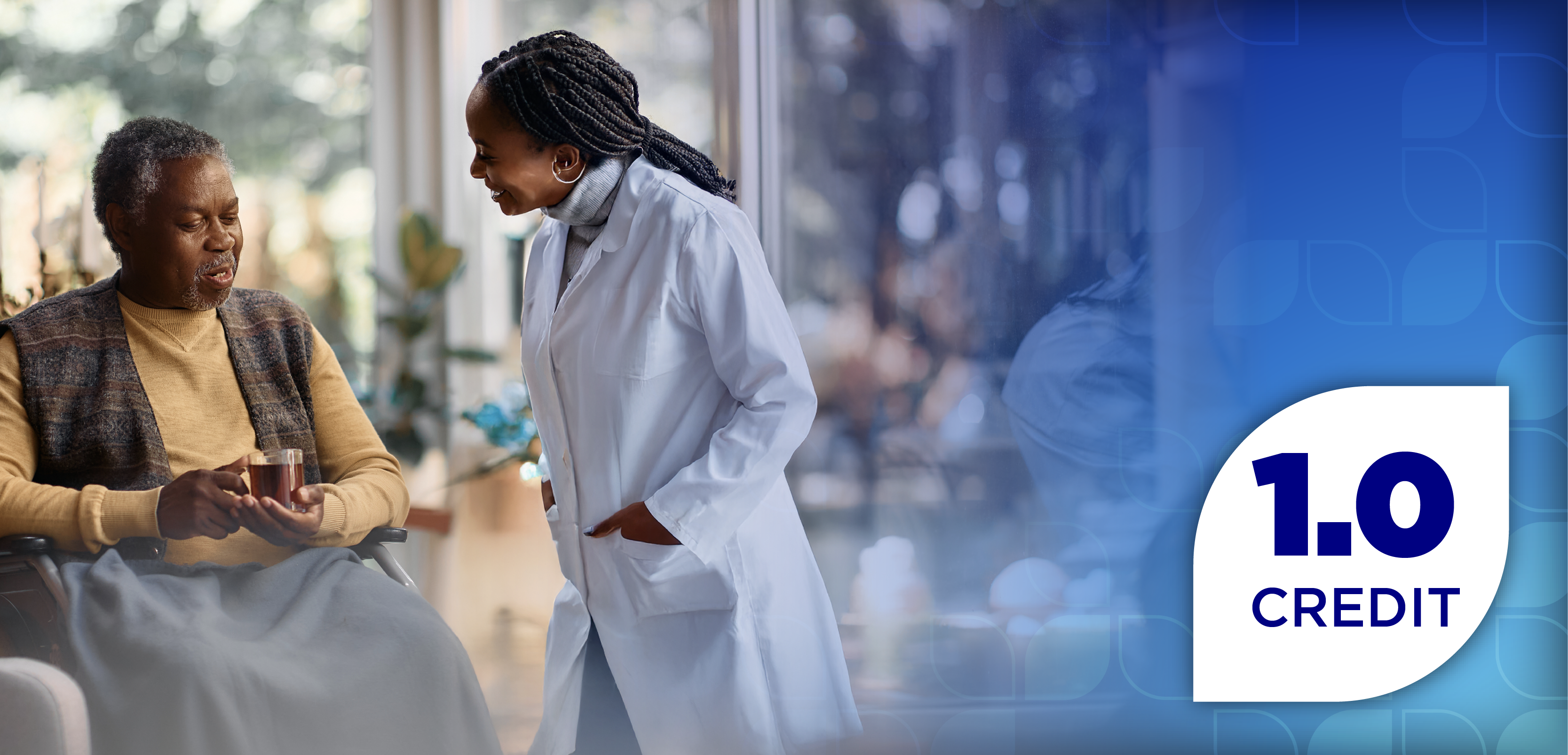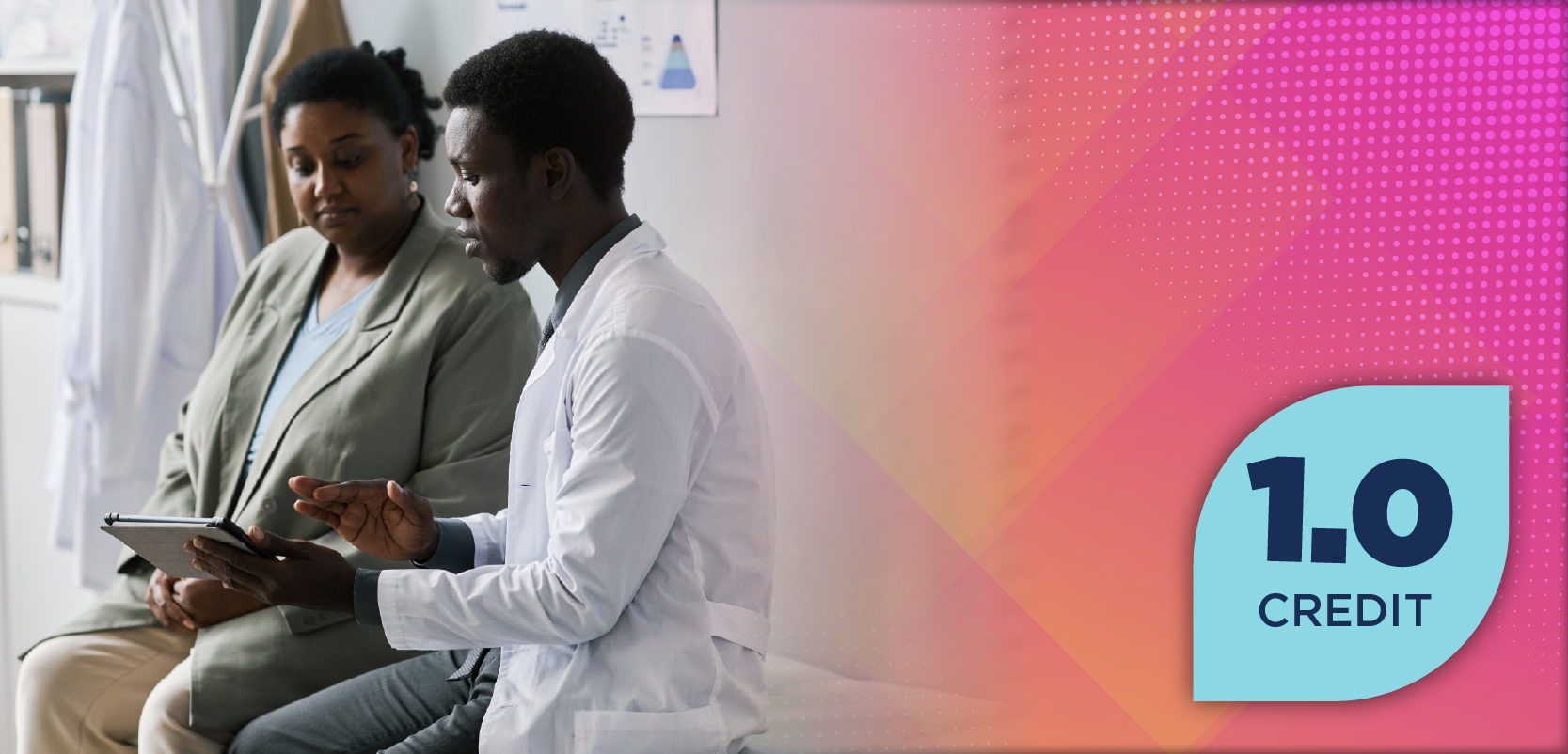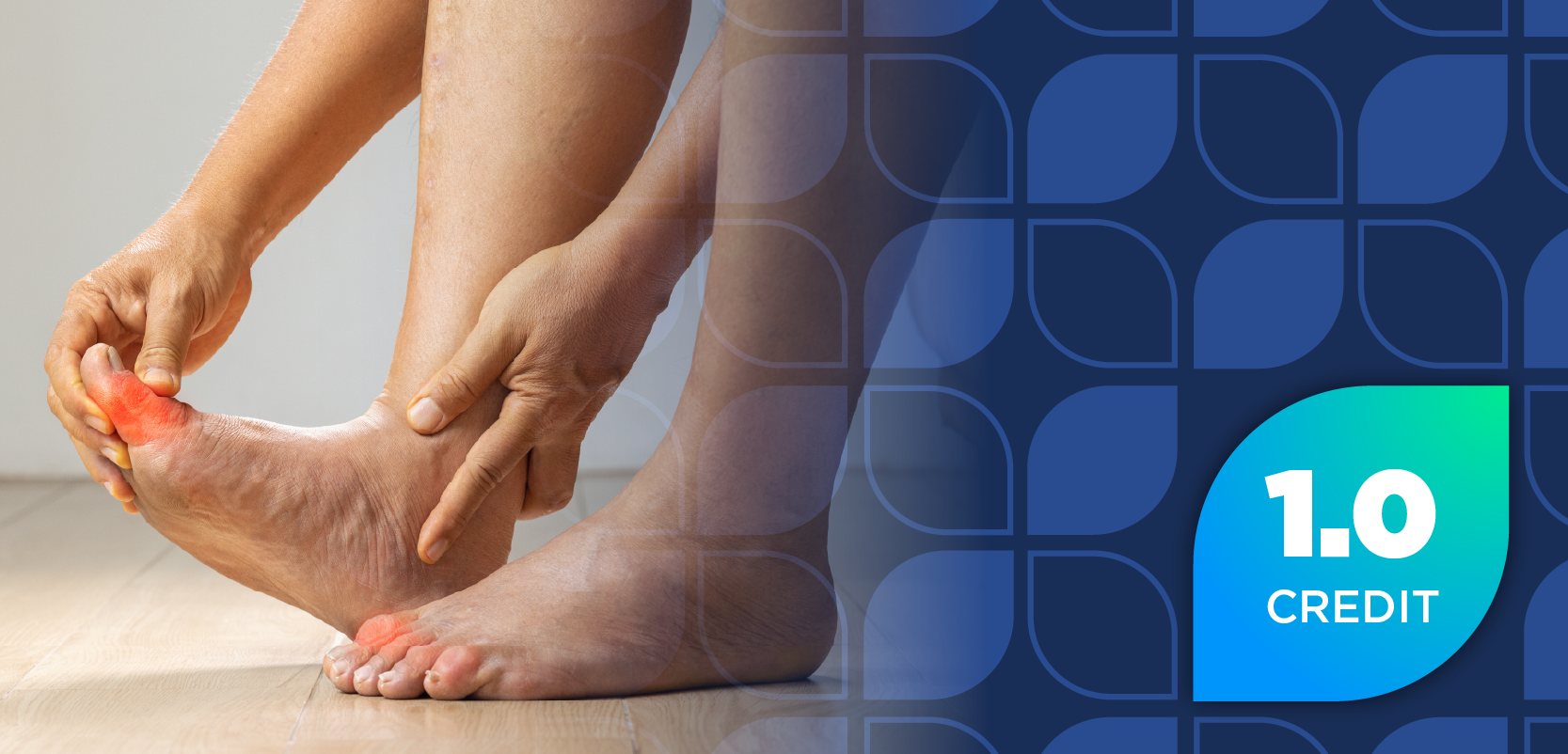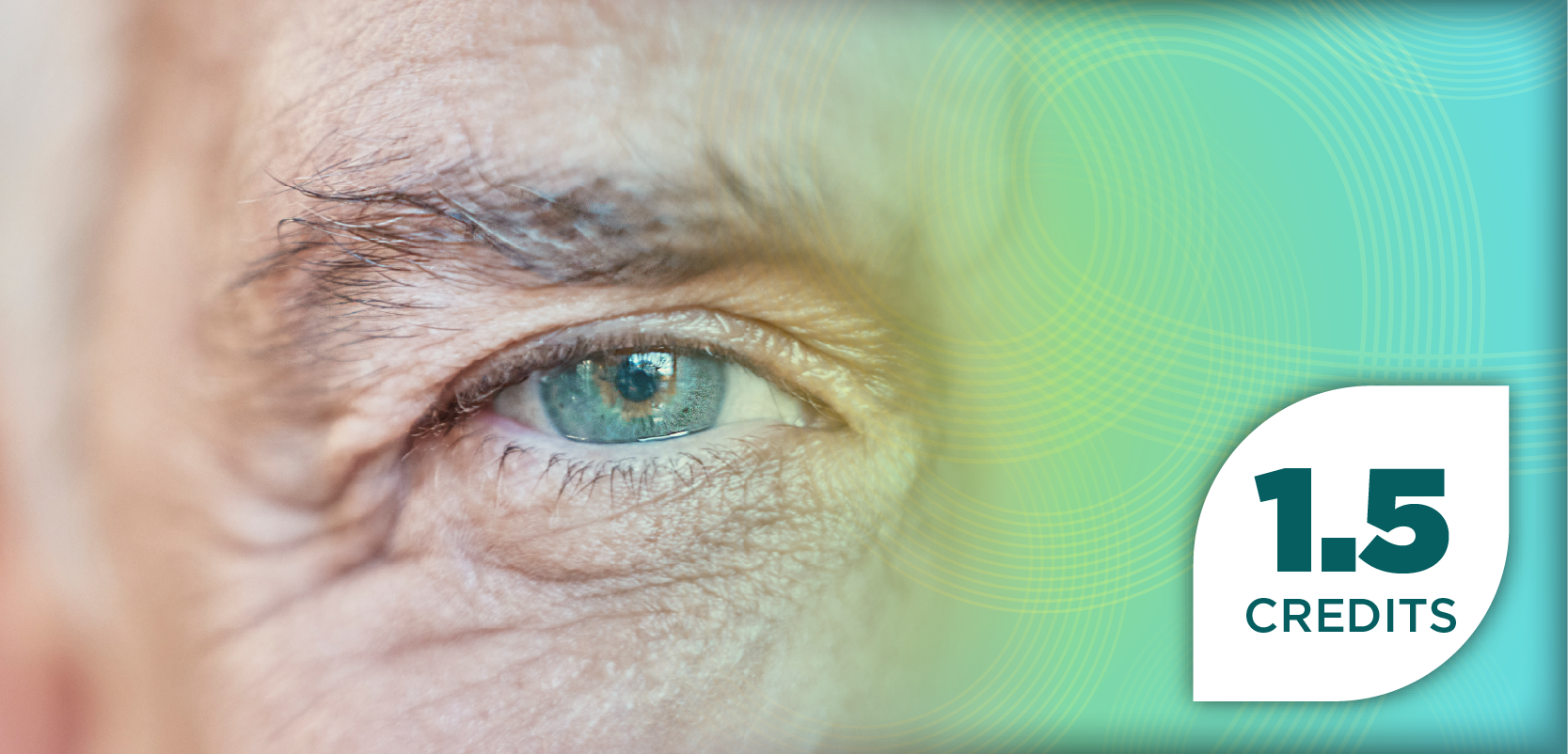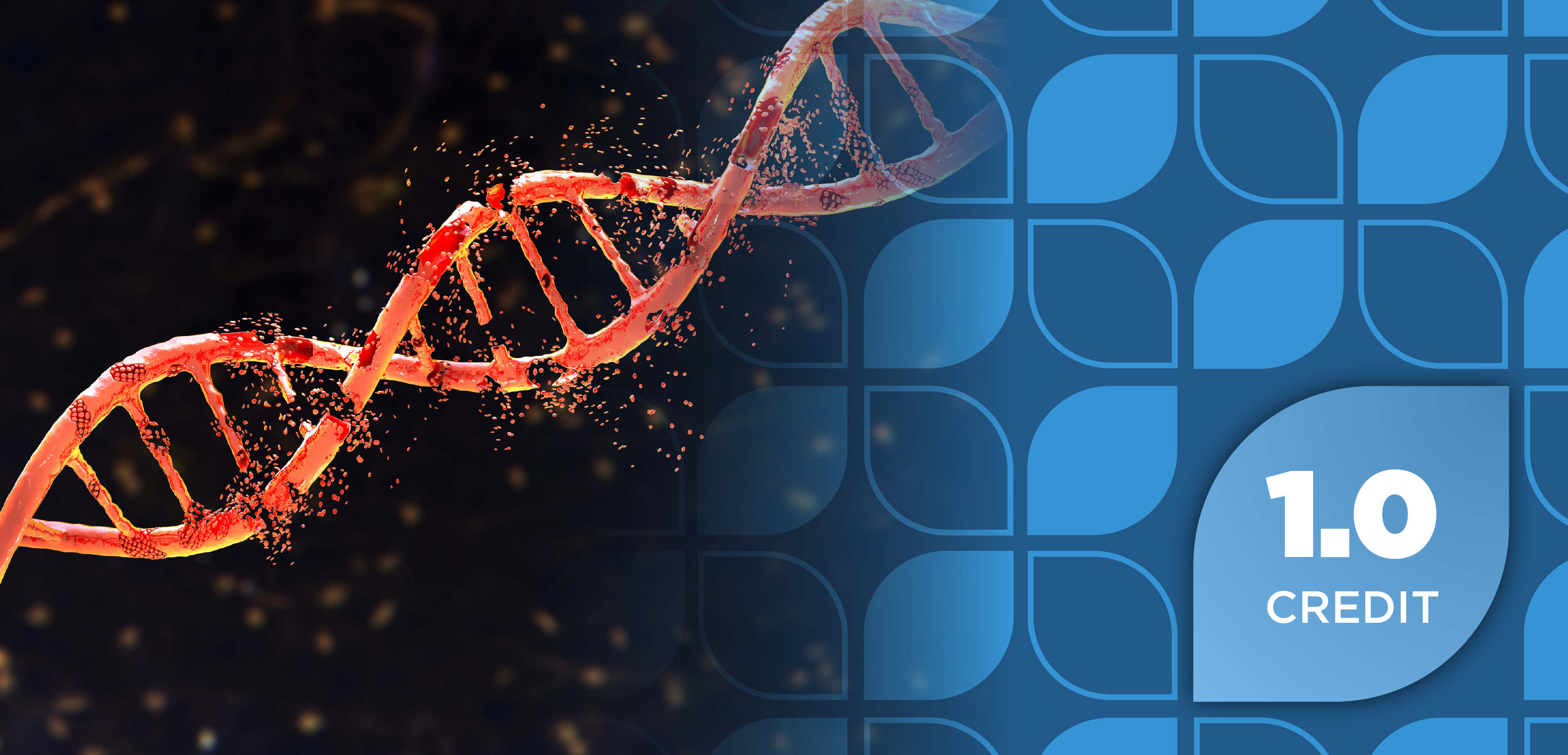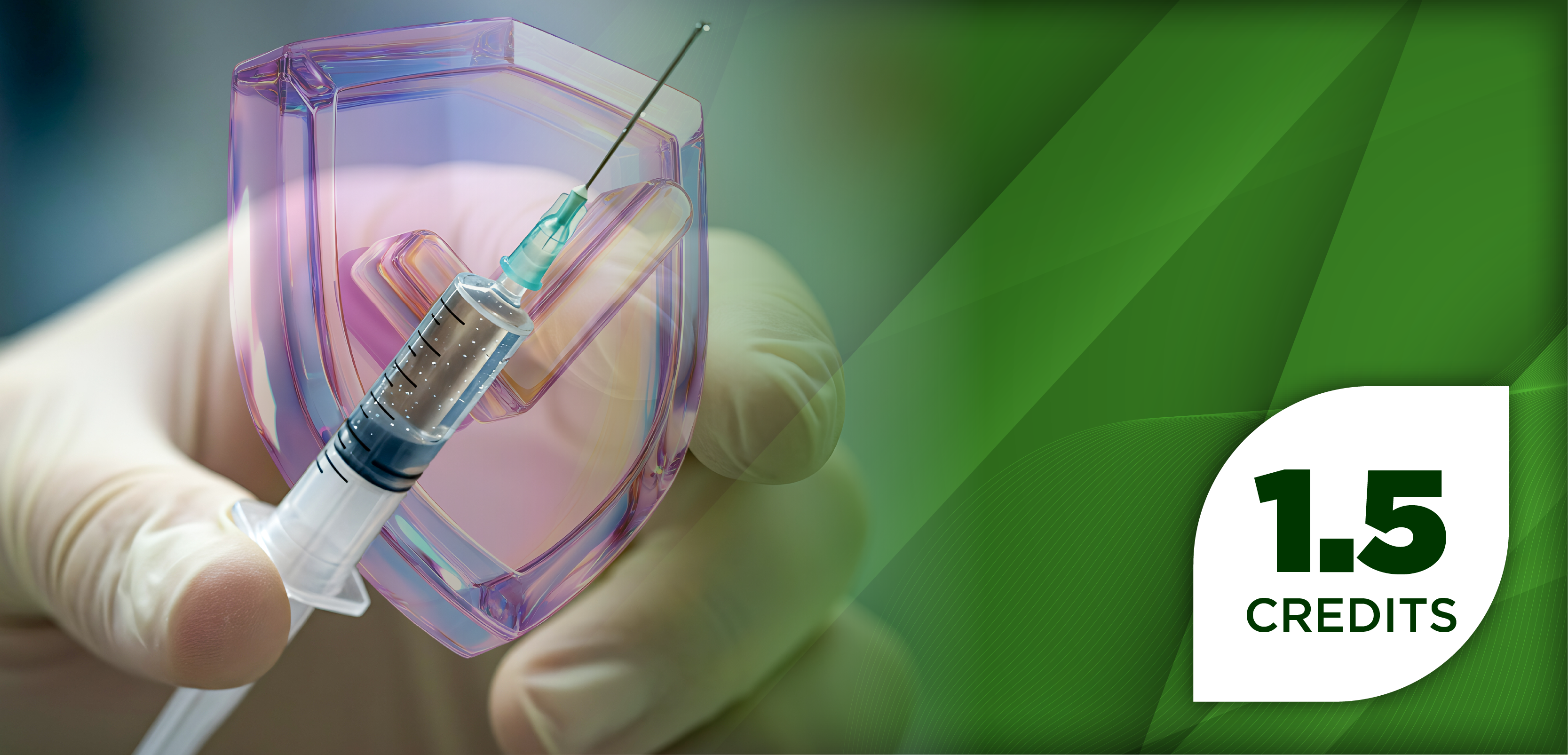
Early Detection of Type 1 Diabetes: The Power of Screening and Preparation
Shara Bialo, MD, emphasizes the critical role of autoantibody screening in early T1D detection, enhancing patient outcomes during American Diabetes Month.
Shara Bialo, MD, senior medical director at Sanofi and pediatric endocrinologist living with T1D, continued her
Pharmacy Times: What are some of the key benefits of detecting T1D before symptoms appear or insulin dependence begins?
Shara Bialo, MD: Unfortunately, there are tons of people diagnosed with type one each year—about 64,000 annually. The majority of those are actually adults, which is a common myth to bust since type one is often thought to exist only in children. In children, the vast majority present with something called diabetic ketoacidosis, which is a crisis state where the body is unable to use glucose and starts burning ketones for energy.
This is also quite common with adult-onset type one, although less common than in kids, and it can be life-threatening. People can have significant morbidity and mortality from DKA at the onset of type one.
If we screen, we're able to catch it early enough to intervene with education and preparation. Study after study has shown that if we can screen and monitor people who are at high risk of developing clinical type one, we can almost completely eliminate DKA at onset—which is a huge benefit.
The other benefit is just the gift of time, which I think is priceless. Most people are diagnosed in a crisis. I myself was diagnosed with DKA and was in a coma. My parents had to carry me into the hospital after I didn’t wake up from a nap, and it was a horrible entry point to life with a chronic illness. They had very little time to wrap their brains around what type one was, let alone absorb everything the medical team was trying to tell them.
If we're able to detect it on our own terms and in our own time, it gives families time to prepare clinically and psychologically for the idea of eventual insulin therapy. They can do things on their own clock.
Pharmacy Times: Despite growing awareness, autoantibody screening isn’t yet standard practice. What barriers do you see preventing broader adoption among HCPs?
Bialo: That’s a great question and a hot topic. I think the field has grown a lot in this capacity. There’s definitely more attention on type one diabetes screening than ever before, thanks to improvements in care and research that have opened up options for early T1D detection.
One major overarching barrier, despite this activity, is clinician awareness—awareness that type one exists in three stages, that you can catch it earlier with autoantibody screening, how to order those antibodies, how to interpret them, and questions about cost and reimbursement. There are also logistical and workflow constraints within daily clinical care.
Additionally, there remain concerns about patient anxiety. Some wonder if uncovering something asymptomatic might do more harm, but data show that people psychologically do better in the long term. Any short-term anxiety evens out because individuals have time to prepare and aren’t thrown into a crisis later.
It was only recently, in the last year or two, that we even had consensus guidance on how to manage people with autoantibody positivity medically. Now we have clear guidance on how to monitor those patients.
The field is strengthening in terms of resources, but broader guidelines will help. We have guidance from diabetes-specific societies like the American Diabetes Association, which recommends offering screening to those at high risk—such as individuals with a family history of type one diabetes, who have up to 15 times increased risk, and those with autoimmune diseases, who represent a good stepping-stone population for screening.
Ultimately, we’ll need to move toward general population screening, since 90% of people with new-onset type one have no family history of the disease. Many steps remain to get there, but we’re getting closer every day.
Pharmacy Times: How can pharmacists and other care team members support physicians in initiating or reinforcing screening conversations with patients and families?
Bialo: Pharmacists are fantastic medical partners. Patients and families with type one interact with their pharmacists far more often than with their endocrinologists or primary care physicians. There’s a large and fruitful opportunity for engagement and discussion.
One role is identifying potential candidates based on family history, symptoms, and medications used, and providing education about the related risk of developing type one among other family members when there is a family history—again, up to a 15-times increased risk.
Bringing up the topic and empowering patients and families to take that next step in screening their loved ones helps them feel informed and supported.
Repetition is also key. Much success in medicine results from surround-sound messaging. Patients have trusting relationships with their pharmacists, and if they hear about type one diabetes screening from them and then again from a primary care physician or endocrinologist, that repeated exposure often drives action. It also demonstrates cohesive messaging from the entire medical team.
Newsletter
Stay informed on drug updates, treatment guidelines, and pharmacy practice trends—subscribe to Pharmacy Times for weekly clinical insights.

